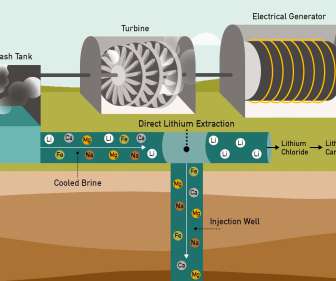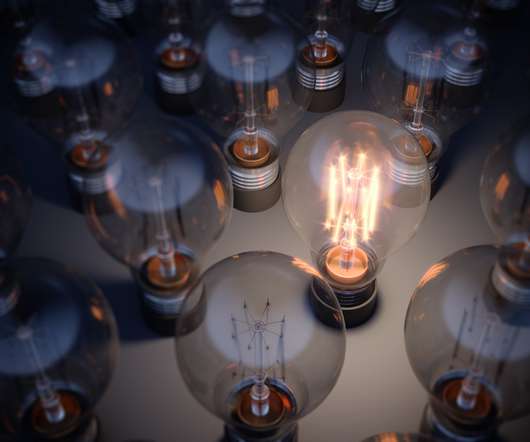U Waterloo team identifies key reaction in sodium-air batteries; implications for improving Li-air
Green Car Congress
MAY 28, 2015
Chemists at the University of Waterloo have identified the key reaction that takes place in sodium-air batteries. Understanding how sodium-oxygen batteries work has implications for developing the more powerful lithium-oxygen battery, which has been proposed by some as the “holy grail” of electrochemical energy storage.



























Let's personalize your content